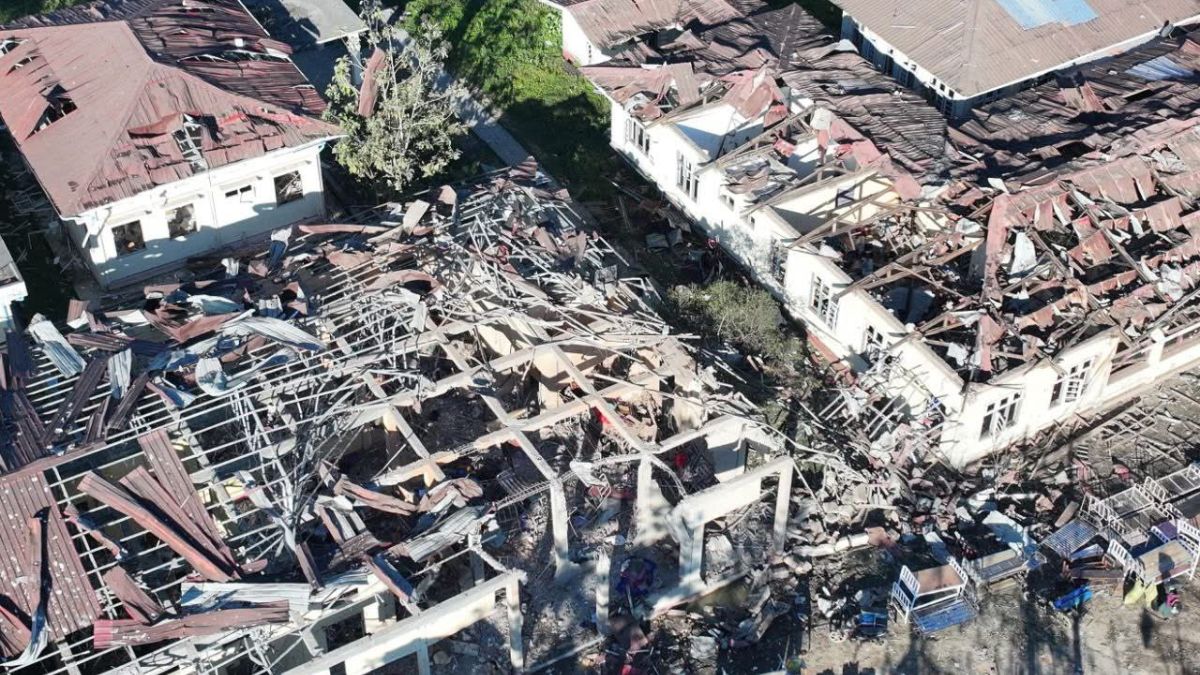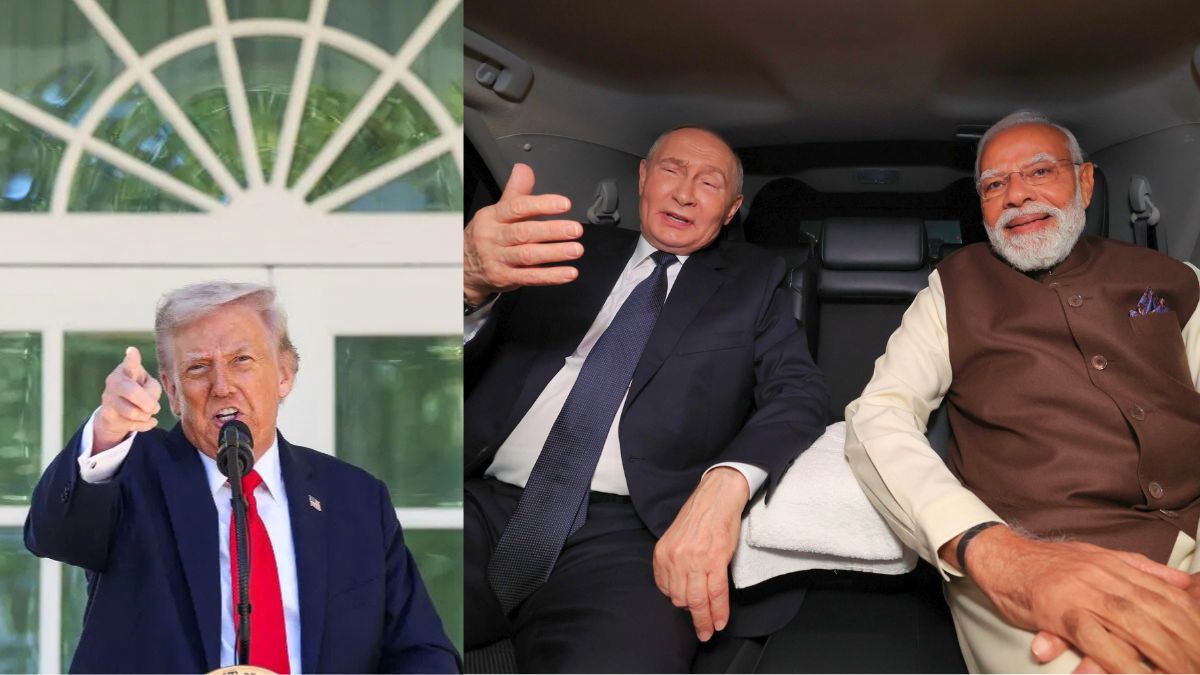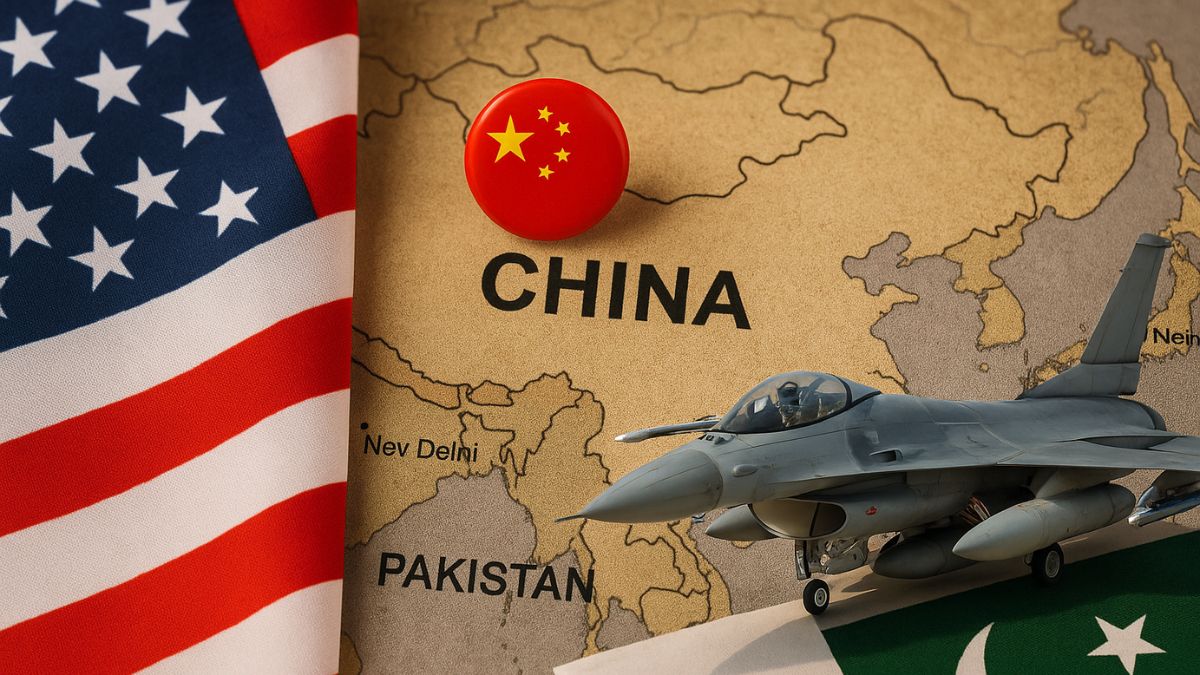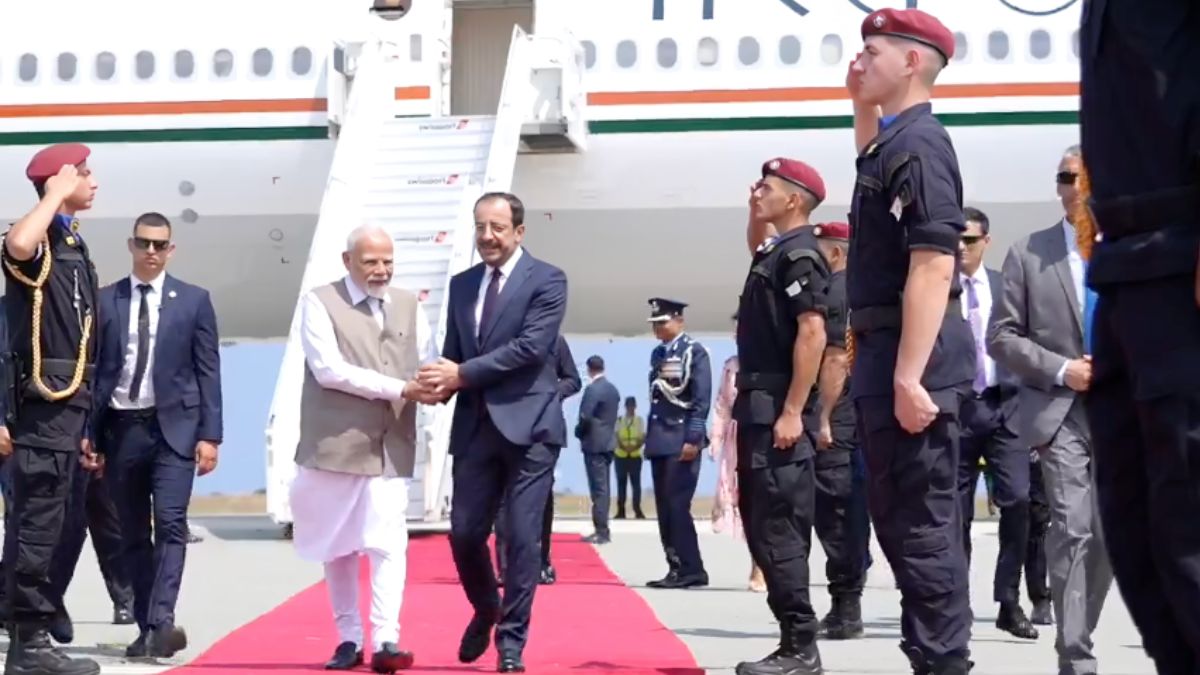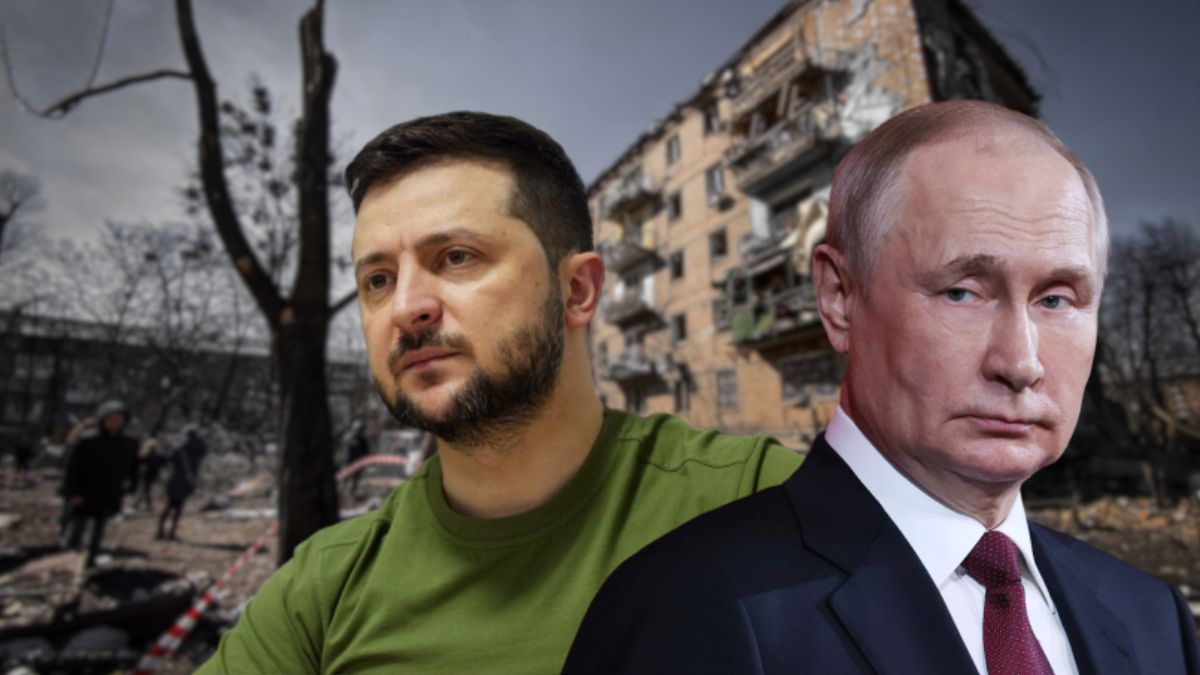China Bets On AI Warfare: Xi Jinping’s Military Parade Signals A New Era Of Algorithmic Power

Xi Jinping’s military parade reveals China’s push to fuse AI, drones, and advanced weaponry into its bid for a world class military by 2050. Image courtesy: RNA
When Chinese President Xi Jinping presided over a grand military parade in Beijing on September 3, 3025, the spectacle went far beyond missiles, tanks, and robotic wolves.
It was a deliberate signal to the world: China is prepared to integrate artificial intelligence (AI) into warfare at a pace unmatched by other powers.
While democracies wrestle with ethical debates and testing constraints, Beijing is moving full throttle, positioning AI as the cornerstone of its drive to build a “world-class” military by 2050.
Was it a military parade of power and algorithms?
Held in Tiananmen Square, the parade showcased a futuristic arsenal designed to awe both domestic and foreign audiences. Among the headline displays were hypersonic missiles capable of maneuvering at five times the speed of sound, nuclear-capable intercontinental weapons, and submersible drones.
The much-publicized “Guam Killer” missile, seen as a direct threat to US bases in the Pacific, drew particular attention. But what stood out most was the prominence of unmanned and AI-driven systems.
Loyal wingman drones designed to accompany piloted aircraft, robotic dogs for reconnaissance, and underwater vehicles for future undersea warfare highlighted the role of algorithms on tomorrow’s battlefield.
“Alacrity in the kill chain matters,” noted Alexander Neill of the Pacific Forum, stressing that split-second decisions made by AI could provide a decisive edge.
For Beijing, the message was clear: AI is not an experiment; it is central to combat readiness.
Why do democracies hold back on AI in defence?
In contrast, most Western militaries remain cautious about fully embedding AI into lethal operations. Ethical dilemmas loom large: can machines be trusted with life-and-death decisions? The risks of accidents, misidentification, or runaway escalation in the fog of war weigh heavily on democratic governments.
Operational limits also play a role. AI systems require extensive testing to ensure reliability in chaotic combat conditions. Integrating them into existing weapons frameworks is complex, and their real-world effectiveness in high-intensity conflict remains unproven.
Democracies also face public scrutiny and legal accountability. Questions over responsibility, such as who answers if an AI drone strikes civilians, make governments more hesitant.
For now, the world’s most technologically advanced powers are adopting AI cautiously, often restricting its role to decision-support rather than direct combat.
Why is China comfortable with AI in combat?
China’s rapid AI adoption stems from structural, political, and strategic advantages.
First, its centralised political system allows Beijing to bypass public debate or parliamentary oversight. Ethical discussions about autonomous weapons or humanitarian law rarely obstruct military planning.
Second, China has institutionalised “military-civil fusion,” drawing on universities and private firms to accelerate AI-driven defence innovation.
Companies like iFlytek and institutions such as Shanghai Jiao Tong University contribute directly to PLA research, from adaptive drone swarms to automated kill webs. Over 85 percent of PLA contract winners are civilian firms, spreading military R&D across society.
Third, Beijing sees AI as a historic opportunity. The PLA already employs machine learning for intelligence, surveillance, and reconnaissance, processing battlefield data at speeds humans cannot match. For a military often criticised as overly rigid and hierarchical, AI promises to inject agility into battlefield decision-making.
What lessons are learned from the Ukraine war and beyond?
China has closely studied the Ukraine war, where drones have transformed combat. PLA researchers have simulated AI-driven kill webs that coordinate dozens of drones to neutralise missile attacks within seconds.
Such capabilities, if battlefield-tested, could overwhelm traditional defences and tilt the balance in contested regions like the Taiwan Strait.
AI also serves as a force multiplier for the PLA’s shortcomings. In a system where officers often await top-down instructions, AI-enabled decision-support tools could provide faster responses while keeping final authority centralised.
What are the global risks of China’s AI gamble?
Yet China’s embrace of AI warfare carries profound risks. Without robust safeguards, autonomous systems could miscalculate in high-stakes situations, sparking unintended escalation. A rogue drone strike near Taiwan, for example, could spiral into a trans-Pacific conflict involving the United States.
Beijing’s aggressive approach may also trigger an arms race. Democracies that have so far resisted deploying fully autonomous weapons might feel compelled to accelerate their own programmes, destabilising an already fragile global security balance.
What is the road ahead for AI in military affairs?
Despite the impressive parade, questions remain about the PLA’s true capabilities. China has not fought a major war in decades, leaving its organisational agility untested. Hardware alone does not guarantee battlefield success; operational skill and command flexibility matter just as much.
Still, the symbolism of Xi Jinping standing alongside Vladimir Putin and Kim Jong-un as robotic wolves and AI drones rolled past Tiananmen Square was unmistakable.
China is betting that AI will redefine military power in the 21st century. Whether this gamble strengthens its global standing or destabilises the world may well be one of the defining security challenges of our time.

